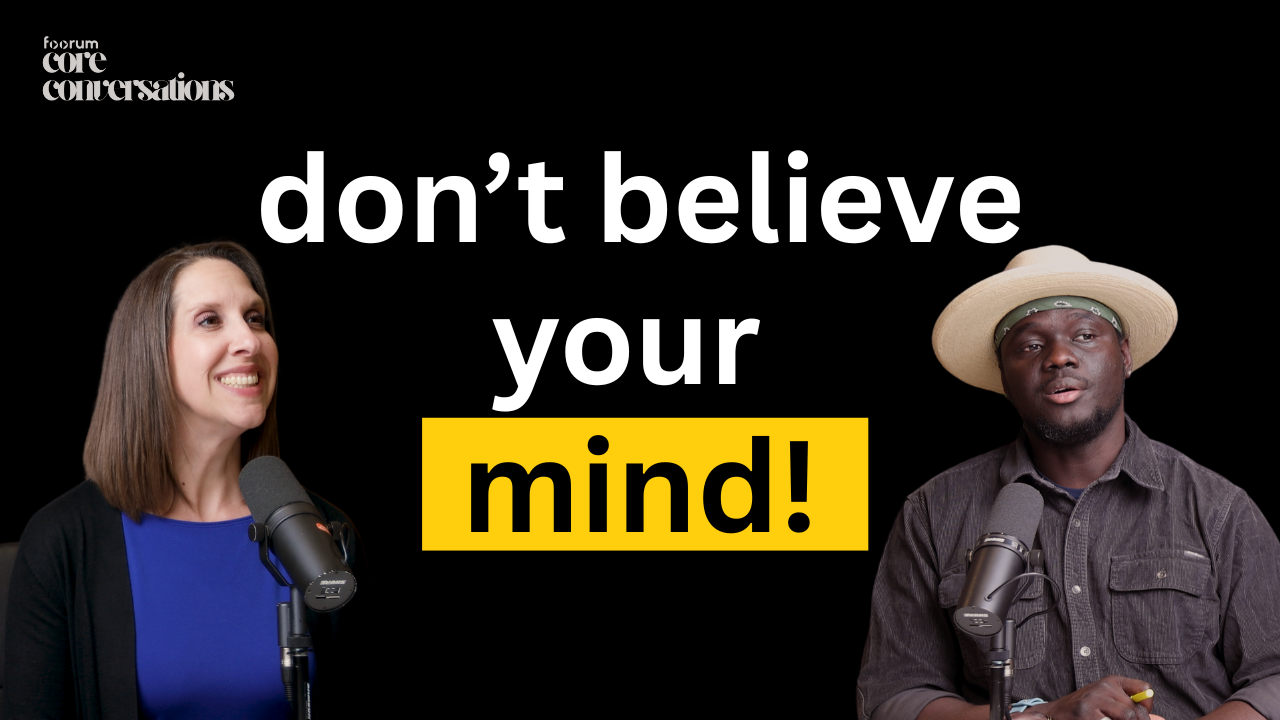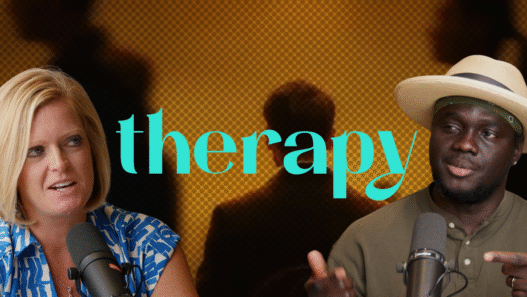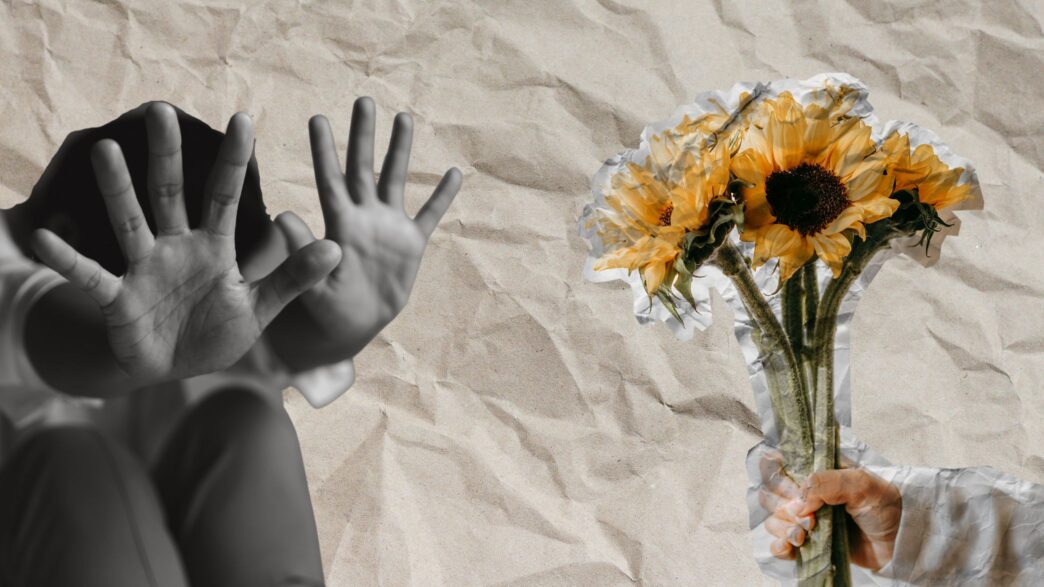Yesterday, I opened my phone like I always do, I wasn’t searching for breaking news, I wasn’t looking for graphic content but in seconds, a violent video autoplayed on my feed.
I didn’t choose to see it.
I didn’t even press play.
And that’s the point.
What once required digging through the dark corners of the internet now appears in the same space where we share baby photos, cooking tips, and messages from friends.
This is trauma without consent and it’s shaping all of us.
Forced Trauma in the Scroll
Autoplay means there’s no buffer, no decision point. You don’t get to prepare yourself or decide if you’re ready.
One moment you’re laughing at a meme, the next you’re watching tragedy unfold in real time — sights and sounds you can’t unsee or unhear.
Children, parents, even families of victims are all caught in this cycle.
Exposure is no longer optional. It’s algorithmic.
The Brain Wasn’t Built for This
Psychologists have long studied how trauma embeds itself in memory. Now add social media’s dopamine rollercoaster: joy, horror, puppies, violence.
All in a 60-second scroll.
The human brain was never designed for this kind of emotional whiplash.
Research on vicarious trauma shows that even secondhand exposure to violence can spark anxiety, intrusive thoughts, and desensitization.
We call it “content.” But for the nervous system, it’s trauma.
Desensitization Is Not Resilience
One of the most disturbing details I saw wasn’t the video itself. It was the bystander who turned the camera on himself, saying:
“Yo, cuz just got popped. Follow me on TikTok.”
That reaction reflects something dangerous: the normalization of violence as entertainment. Desensitization masquerading as strength.
But exposure doesn’t make us tougher. It makes us numb and numbness isn’t healing, it’s the erosion of empathy.
The Mental Health Cost of Viral Violence
Every autoplay comes with a price:
- For kids, early exposure to graphic violence can distort their understanding of safety and empathy.
- For adults, repeated exposure increases stress and contributes to burnout.
- For families, videos of loved ones can turn grief into public spectacle.
This is not just about one video in Utah.
It’s about what happens when entire societies consume violence like it’s just another post.
We Were Never Supposed to See This
If platforms can flag nudity, they can flag tragedy. If they can program algorithms to maximize ad clicks, they can program them to minimize forced trauma.
Until that happens, we need to pause, not just our feeds, but ourselves. To ask: What is this doing to our kids? What is this doing to our communities? What is this doing to us?
Because the truth is simple:
We were never supposed to see this.























